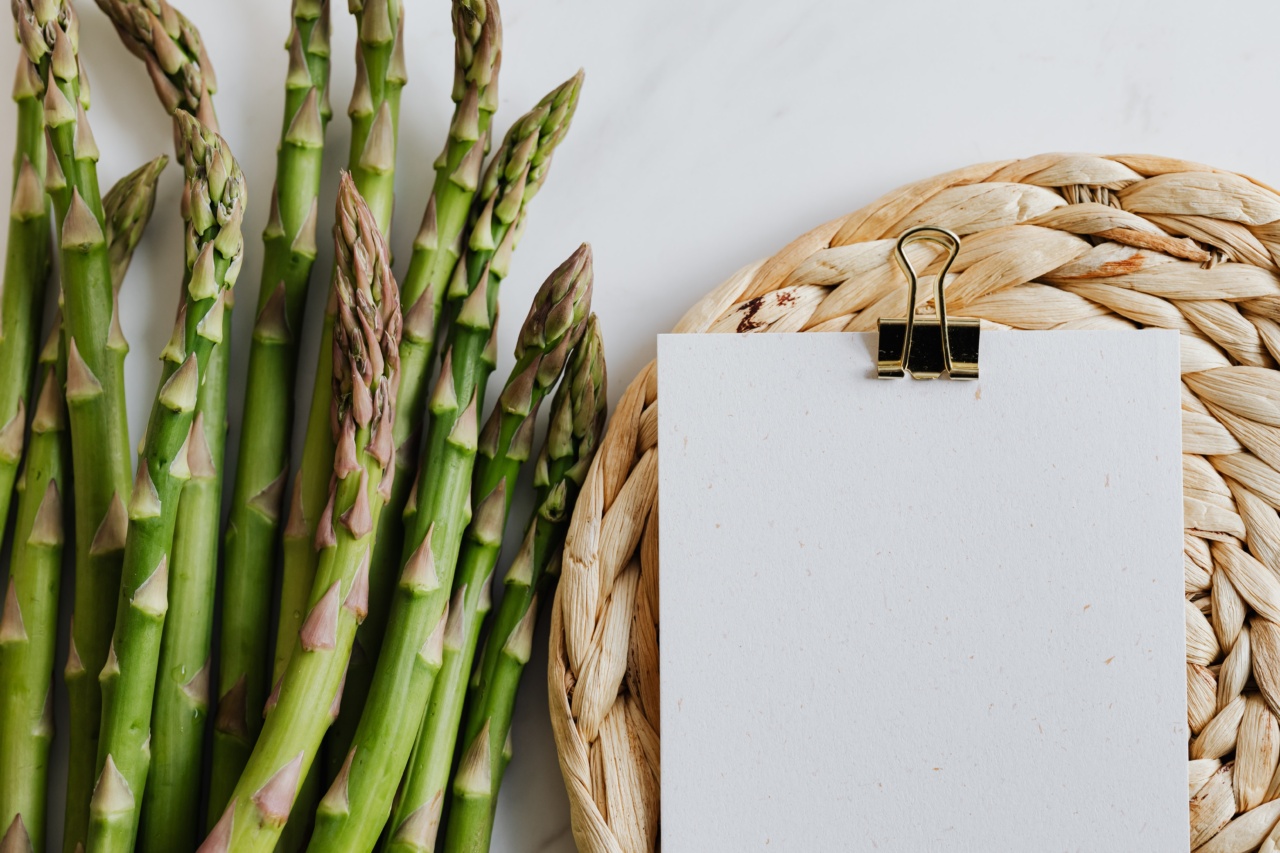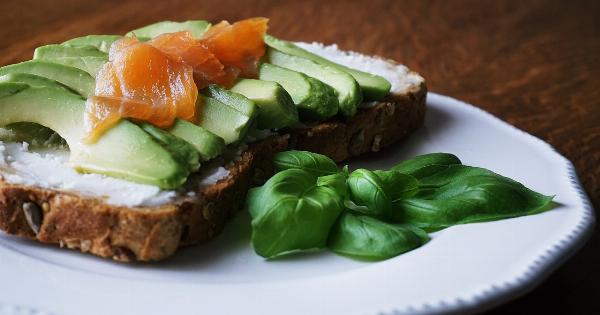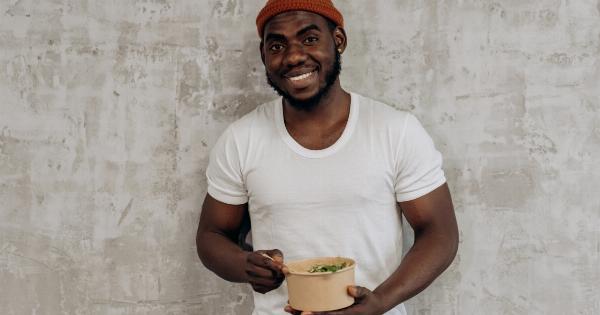Iron is an essential mineral that plays a crucial role in various bodily functions. It is responsible for carrying oxygen throughout the body, maintaining healthy cells, and supporting the immune system.
Iron deficiency can lead to fatigue, weakness, and impaired cognitive function. To ensure optimal health, it is important to include iron-rich foods in your diet. In this article, we have compiled the ultimate list of iron-rich food sources to help you meet your daily iron requirements.
1. Red Meat
Red meat, such as beef and lamb, is a great source of heme iron, which is highly absorbable by the body. A 3-ounce serving of beef contains approximately 2.1 milligrams of iron.
Including lean cuts of red meat in your diet can significantly boost your iron levels.
2. Organ Meats
Organ meats, such as liver and kidneys, are incredibly rich in iron. A 3-ounce serving of beef liver provides around 5 milligrams of iron.
While some people may not enjoy the taste of organ meats, they offer a concentrated source of iron and can be added to recipes to enhance iron intake.
3. Shellfish
Shellfish, including clams, mussels, and oysters, are excellent sources of iron. A 3-ounce serving of cooked clams contains approximately 24 milligrams of iron, far surpassing the daily iron requirements.
Including shellfish in your diet can provide a massive iron boost.
4. Spinach
Packed with iron and other essential nutrients, spinach is a fantastic plant-based source of this mineral. A cup of cooked spinach provides around 6.4 milligrams of iron.
Incorporating spinach into your salads, smoothies, or sautéed dishes can help you meet your iron needs.
5. Legumes
Legumes, such as lentils, chickpeas, and beans, are not only rich in iron but also provide a good amount of dietary fiber and protein. A cup of cooked lentils contains around 6.6 milligrams of iron.
Including legumes in your diet, whether in soups, stews, or salads, can be a nutritious and iron-rich choice.
6. Dark Chocolate
Good news for chocolate lovers! Dark chocolate is not only delicious but also a surprising source of iron. A 3-ounce serving of dark chocolate provides approximately 7 milligrams of iron.
However, it is important to consume dark chocolate in moderation due to its high calorie and fat content.
7. Quinoa
Quinoa is a gluten-free grain that is packed with various essential nutrients, including iron. A cup of cooked quinoa contains approximately 2.8 milligrams of iron.
Adding quinoa to your meals, such as salads or stir-fries, can help increase your iron intake while diversifying your diet.
8. Nuts and Seeds
Nuts and seeds, such as almonds, cashews, pumpkin seeds, and sesame seeds, are not only tasty but also provide a good amount of iron. A quarter-cup of pumpkin seeds contains around 2.5 milligrams of iron.
Snacking on nuts and seeds or adding them to your meals can be a healthy way to boost your iron levels.
9. Tofu
Tofu, made from soybeans, is a popular plant-based protein source that also contains iron. A half-cup of tofu provides around 3.4 milligrams of iron.
Incorporating tofu into your stir-fries, curries, or scrambled tofu dishes can be a versatile way to increase your iron intake.
10. Fortified Cereals
Many cereals are fortified with iron, making them a convenient source of this essential mineral. Check the labels and choose whole grain cereals that contain added iron. Be mindful of added sugars, as some cereals may have high sugar content.
Pairing fortified cereals with a source of vitamin C, such as strawberries or orange juice, can enhance iron absorption.
Ensuring an adequate intake of iron is important for overall health and well-being. If you suspect iron deficiency or have concerns about your iron levels, it is best to consult with a healthcare professional for proper assessment and guidance.































